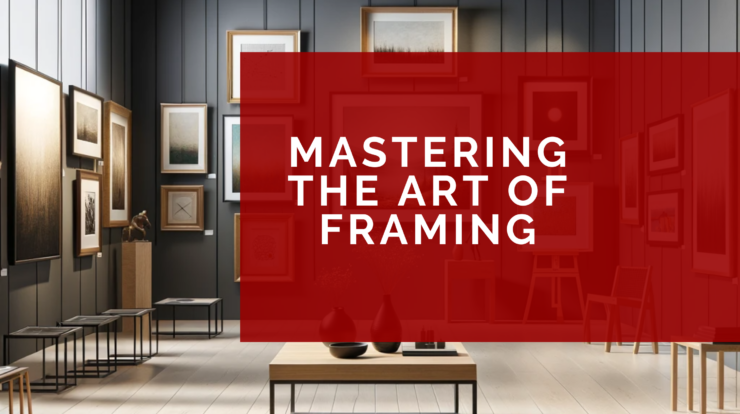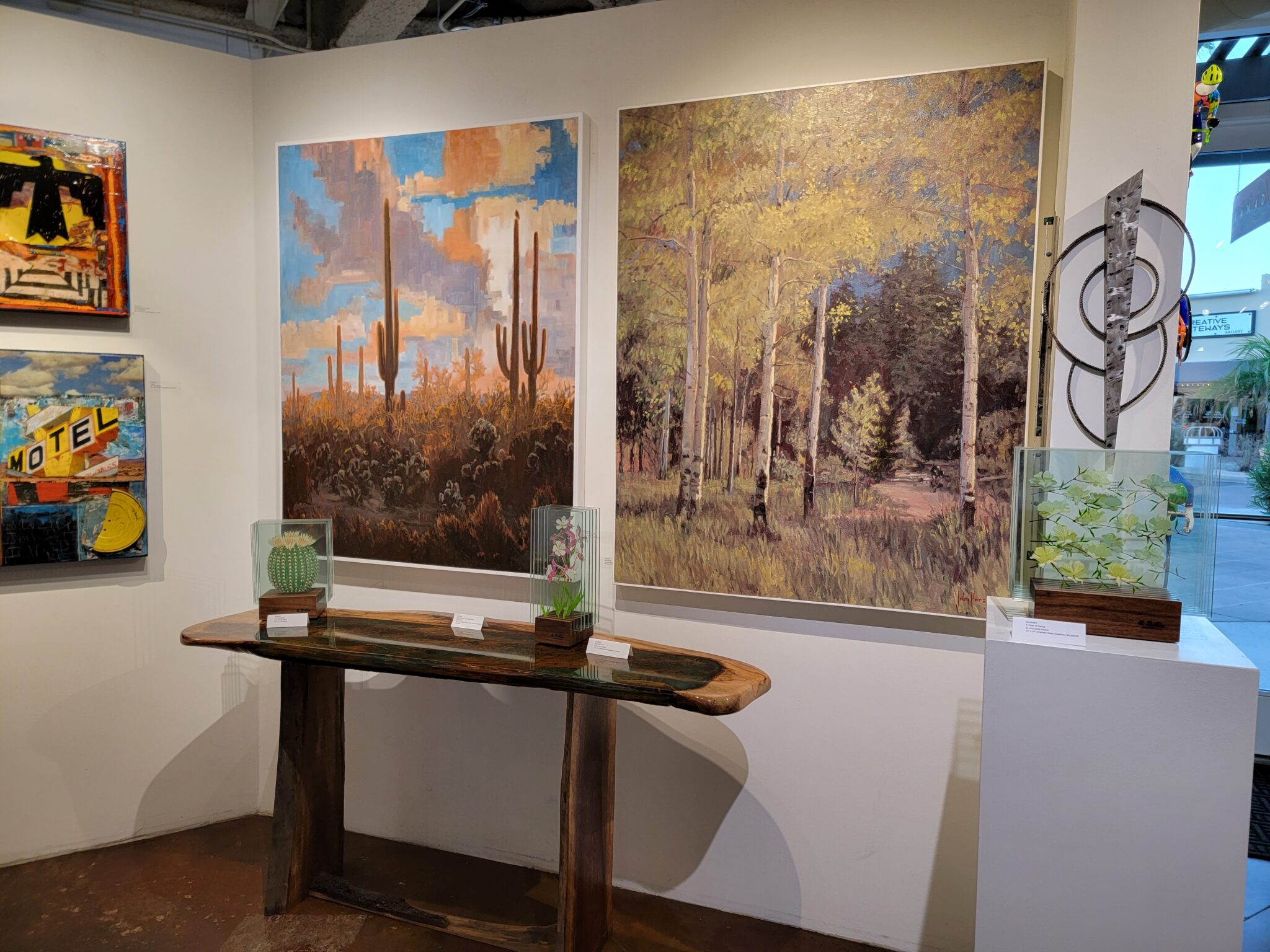
As a gallery owner, I’ve witnessed firsthand the transformative power of framing on artwork. Over the years, I’ve gleaned a wealth of knowledge about the impact of framing on both the presentation and sale of art. I’d like to share some thoughts on framing that can serve as the beginning of an ongoing conversation around framing and presentation.
Quality framing is more than just an aesthetic choice; it’s an investment in your art’s future. A well-chosen frame enhances not only the artwork’s appearance but also its perceived value. It’s about finding that sweet spot where the frame complements without overpowering the piece. Remember, the frame is the suit or dress your artwork wears to its own premiere.
Navigating budget constraints while maintaining an appealing aesthetic can be challenging. However, it’s essential to strike a balance that doesn’t compromise the artwork’s integrity. An artist must be judicious in choosing frames that augment the art without causing financial strain.

For those working within tighter budgets, gallery wraps offer a modern, cost-effective alternative to traditional frames. This option works wonderfully for certain art styles, providing a sleek and contemporary look that resonates with many collectors.
Adopting a consistent framing style has multiple benefits. It not only simplifies the framing process but also establishes a cohesive and professional appearance for your body of work. Consistency in framing can become part of your signature as an artist.

Efficient frame management involves strategic repurposing. Having a stock of frames to rotate between artworks can be a game-changer. This approach not only reduces costs but also allows for flexibility in presentation and storage.
From a gallery owner’s perspective, I recommend that the cost of framing should ideally be around 10-15% of the retail value of the artwork. If this cost-value ratio is skewed, it’s worth considering either finding more cost-effective framing solutions or elevating the value of your art. This might involve targeting higher-end galleries or shows that can support the value your art deserves.
The just-in-time framing strategy is about being prepared but not over-committed. Having a few samples of your work, framed and ready for display, allows potential buyers to visualize the finished product. Additional pieces can be framed as needed, reducing upfront costs and storage challenges.
Framing is an integral part of the art presentation and sales process. It requires careful consideration, strategic planning, and a keen eye for aesthetics. By effectively managing framing choices, artists can significantly enhance the appeal and marketability of their work, creating lasting impressions in the minds of collectors and gallery visitors alike.
What aspects do you find most crucial in the framing process? How do you navigate the investment involved in framing, ensuring it enhances the value of your artwork without breaking the bank? And what are your go-to tactics for keeping costs under control while still achieving that perfect presentation? Your insights and stories are not just valuable to me but to our entire artistic community. Share your thoughts and let’s continue this enlightening conversation about the art and science of framing.
